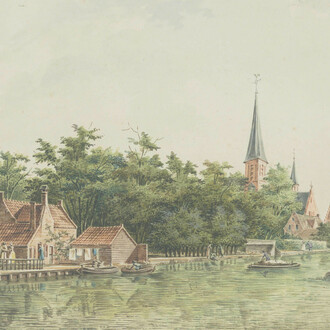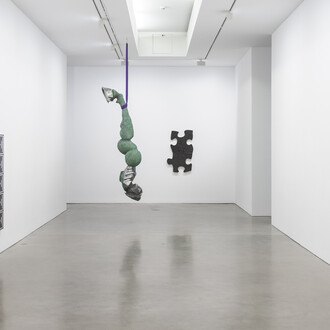Today, Karl Blossfeldt’s plant photographs are internationally renowned. What is not widely known though is that the history of their production represents an integral chapter in the history of Berlin’s Kunstgewerbemuseum. Blossfeldt did not produce the images as stand-alone art photographs. They were rather conceived as elements of a collection of teaching materials which the artisan teacher Moritz Meurer (1839–1916) used to implement his concept of artistic plant studies in the 1890s at the Kunstgewerbeschule, the Kunstgewerbemuseum’s own school of design.
Through the use of models, herbaria, wall charts and photographs, the aim was to investigate and reveal the laws of natural forms, and to reinvigorate the methods of artisanal education. The exhibition brings together these teaching materials as an ensemble for the first time, illustrating their remarkable diversity, both in terms of formal and aesthetic properties, and the media they employ. They are displayed alongside stunningly intricate examples of ornamental templates, Jugendstil objects, and different media used in botanical research and teaching before 1900.
The issue of an engagement with nature in design education and design continues to be a relevant topic. This is illustrated in the exhibition both through contemporary design objects and graphic and film works made by students from the UdK Berlin (the successor to the museum’s school). With these works, the historical tradition of the student show is being revived to mark the 150th anniversary of the Kunstgewerbemuseum.
An exhibition by the Kunstgewerbemuseum – Staatliche Museen zu Berlin, in cooperation with the Cluster of Excellence “Bild Wissen Gestaltung” at the Humboldt-Universität zu Berlin and the Universität der Künste Berlin.
















